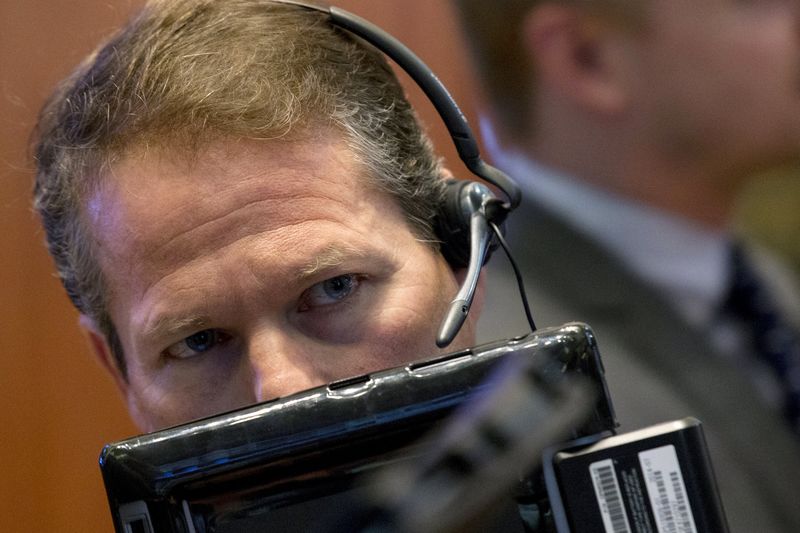By Kate Holton
LONDON (Reuters) - John Fallon needs to show he has a plan to navigate Pearson (L:PSON) through the sinking sands of its main markets when the world's biggest education company reports full-year results.
Shareholders, still reeling from Pearson's latest profit warning, are already calling on the board to review both Fallon's role as chief executive and its overall structure.
A warning in January, sparked by U.S. students opting to rent textbooks at lower prices rather than buy them, sent shares in the 173-year-old British firm down 30 percent in a day.
Fallon's fifth such warning during his four-year tenure will mean a dividend cut for the first time in more than two decades and has damaged his credibility with analysts and investors, who are awaiting Pearson's full year results on Feb. 24.
But while some question Fallon's ability to see the scale of the challenge ahead and are now urging action, there is little consensus on what Pearson, which sold the Financial Times and a stake in the Economist magazine in 2015, should do next.
"When you've given up on something like 22 years of dividend growth, you need to get on and do something drastic," one top 30 shareholder told Reuters, on the condition of anonymity.
Employing 35,000 people, Pearson provides everything from textbooks to school testing, college courses and online degrees, with Britain, the U.S., South Africa, Brazil and China its most important markets.
"It's not about cost control any more, it's about are these markets structurally changing. Do we have the right people? What could we be, what could we do? There are no sacred cows," the shareholder said.
Pearson has focused on the once stable business of education and grown strongly since the turn of the century, but has been hit by the same digital shift that shook-up music and newspapers and has now caught up with the classroom.
ACHIEVABLE AND REALISTIC
Fallon, a 20-year company veteran, has said he accepts responsibility for failing to predict the changes in the market but that his job now is to prepare Pearson for the rapid move to digital.
The group has said it will move more aggressively into ebooks by slashing prices and will launch a print rental programme, which analysts note will dent its finances.
"This is going to become a materially smaller industry," said analyst Sarah Simon at Berenberg Bank.
Pearson shares have risen 19 percent since the January warning on hopes of a further cost cutting drive to prop up earnings but, having already cut nearly 8,000 jobs in recent years, it will have to avoid damaging its sales capability.
Analysts at Barclays (LON:BARC) also warn that previous cost cutting drives have merely worked to counter falling revenue and higher investment needs, and have not driven meaningful growth.
With so many challenges, the top 30 shareholder and some analysts question the conglomerate model and whether value could be found in selling off some the group's assets.
"We're finding out that education is fragmented, some positions are strong, some are less strong. I would put a real question mark against that and say it's something they should review," the shareholder said.
Pearson has already said it will seek to sell its 47 percent stake in the Penguin Random House book joint venture, but any further break up could be complicated by integration between different assets.
For now, yield-hungry investors want more guidance on how low a rebasing of Pearson's dividend could go.
"What you've got here is no sign of stabilisation," Neil Campling, head of Global TMT Research for Northern Trust Capital Markets, said.
"If they come out and rebase with a clear and strategic plan that is achievable and realistic, then, even if that means short term pain, the valuation rebases and you can rebuild from that."
